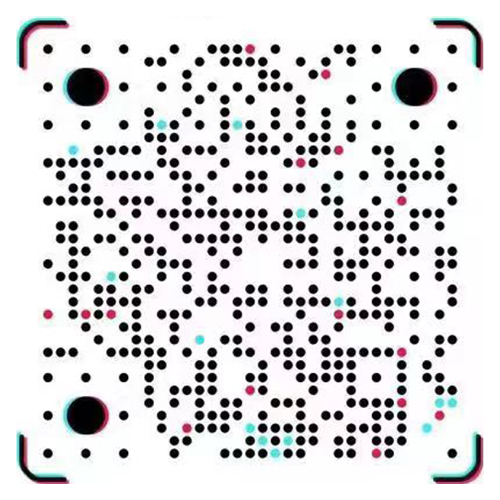Citrus Juicer, particularly electric models, operates with a motorized mechanism designed to apply consistent, uniform pressure to the fruit. This allows the juicer to extract juice from the citrus fruit more efficiently by squeezing the entire fruit against the reamer or cone with optimal force, ensuring that no juice is left behind. Unlike manual juicing, where the user may tire or apply inconsistent pressure, an electric juicer can maintain a steady, continuous force throughout the juicing process. In manual juicing, the amount of pressure applied varies depending on the user's strength, leading to potential inefficiencies and inconsistent juice extraction. Consequently, manual juicing often leaves more juice behind, particularly in larger fruits or when juicing multiple fruits in a row.
Electric Citrus Juicers are engineered to extract a higher juice yield by utilizing rotating cones or reamers that systematically work through the entire fruit. These juicers have features that allow the fruit to be pressed from multiple angles, which optimizes the amount of juice extracted, even from the toughest parts of the fruit. The rotating action of the reamer ensures thorough juice extraction, while in manual juicing, the user typically squeezes or twists the fruit manually, often failing to exert the same level of force across all areas of the fruit. As a result, a Citrus Juicer will yield more juice from each fruit, ensuring that no juice is wasted in the process. With manual juicing, significant amounts of juice are often left behind, particularly in larger fruits or tougher varieties like grapefruits.
Modern Citrus Juicers feature advanced pulp control systems that effectively separate the juice from the pulp and seeds, providing a cleaner, more efficient juicing process. The filtration system in these juicers ensures that only the juice passes into the container, while pulp and seeds are diverted to a separate compartment. This method minimizes waste by ensuring that the juice is extracted as cleanly as possible, with minimal pulp contamination. On the other hand, manual juicing methods result in more pulp remaining in the juice, particularly when using handheld squeezers or reamers that do not have filtration systems. The pulp separation in manual juicing is more dependent on the user’s skill and time invested, which often leads to less efficient juice extraction and greater pulp contamination.
One of the most significant advantages of an electric Citrus Juicer is its ability to juice large quantities of fruit in a fraction of the time it would take with manual methods. Electric juicers can process several fruits in quick succession with minimal user effort, making them ideal for juicing large amounts, such as for commercial purposes or family gatherings. Manual juicing, in contrast, can be time-consuming and tiring, especially when juicing multiple fruits. The need to apply pressure and twist each fruit individually makes the process slower and less efficient. As a result, the electric juicer not only saves time but also reduces the physical effort required, allowing users to juice more fruit with less labor, thereby increasing juice yield per unit of time.
Some Citrus Juicers offer variable pressure settings or adjustable reamers that allow users to control the level of pressure applied to the fruit. This control enables optimal juice extraction depending on the type or ripeness of the fruit. For example, softer fruits like oranges may require less pressure, while firmer fruits like grapefruits may need more. This level of precision ensures that users can extract the maximum amount of juice without damaging the fruit or leaving juice behind. In manual juicing, however, the level of pressure is harder to regulate, and users rely on their own strength and technique, which can lead to inconsistencies in juice yield.
Electric Citrus Juicers are typically equipped with multiple reamer sizes or universal cones designed to accommodate a variety of citrus fruits, from small limes to large grapefruits. This ensures that regardless of the size or type of fruit, the juicer can adapt to deliver the best possible juice yield. Some juicers also come with adjustable components or dual-sized reamers to maximize efficiency for both small and large citrus fruits. Manual juicing methods, however, often require multiple tools or more effort to handle different citrus sizes.


 English
English 中文简体
中文简体 English
English 中文简体
中文简体
















